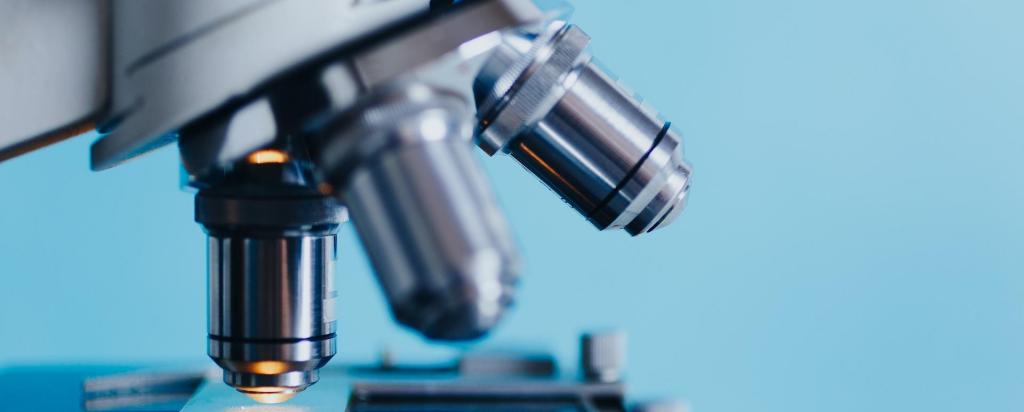
Benefits of nuclear science
ANSTO uses nuclear research techniques to address many of the important issues of our time relating to the environment, human health and industry.

Showing 221 - 240 of 1421 results

ANSTO uses nuclear research techniques to address many of the important issues of our time relating to the environment, human health and industry.
ANSTO has contributed to the internationally-distributed handbook on plutonium published by the American Nuclear Society.
Contribution to Handbook of Food Structure and Development showcases ANSTO expertise in food science.
Collaborators used X-ray imaging to understand the fine detail of how a damaging fungal pathogen reduces leaf function and grain yield of wheat crops.
Analysing the microstructure of paracetamol using synchrotron infrared optical technique provides insights.

ANSTO has been tracking and publishing data on fine particle pollution from key sites around Australia, and internationally, for more than 20 years.

The Macromolecular and Microfocus Crystallography beamlines at the Australian Synchrotron (MX1 and MX2) are general purpose crystallography instruments for determining chemical and biological structures.

A selection of research highlights, instrument news and technical developments for scientists.
Frequently asked questions about the ANSTO Security Process, travel funding, ANSTO Research Portal and ACNS Customer Portal.
Using the past to illuminate the future: Brothers collaborate on important science documentary for ABC TV
In partnership with the Australian Museum as part of National Science Week explore the 2020 hackathon theme of Deep Blue: Innovation for the future of our oceans

In April 15, 1953, Australia entered the nuclear science arena, when the Atomic Energy Act came into effect. The Australian Atomic Energy Commission (AAEC) followed and in 1987 the AAEC evolved into the Australian Nuclear Science and Technology Organisation (ANSTO) as it’s known today.
Online and interactive while in your home. Kids can zoom into these school holidays workshops and create movies, animations, arcade games, roller coasters and more. Limited spaces: book now.


Explore ANSTO's range of publications and reports available for the public.
ANSTO among collaborators to major study of greenhouse gases.

Over the last decades, neutron, photon, and ion beams have been established as an innovative and attractive investigative approach to characterise cultural-heritage materials.
ANSTO providing support to emergency services, closed to non-essential staff.